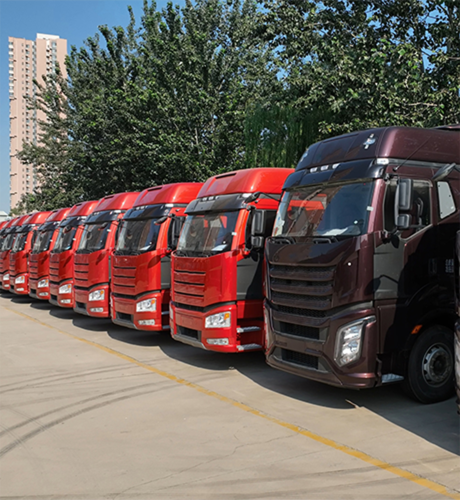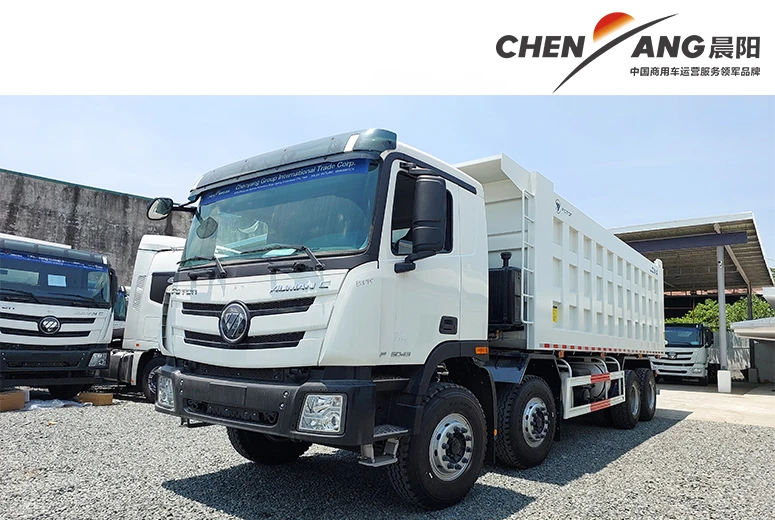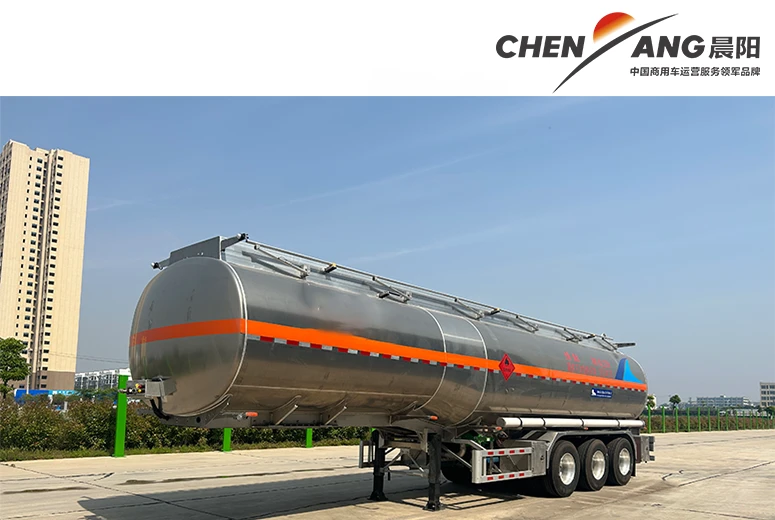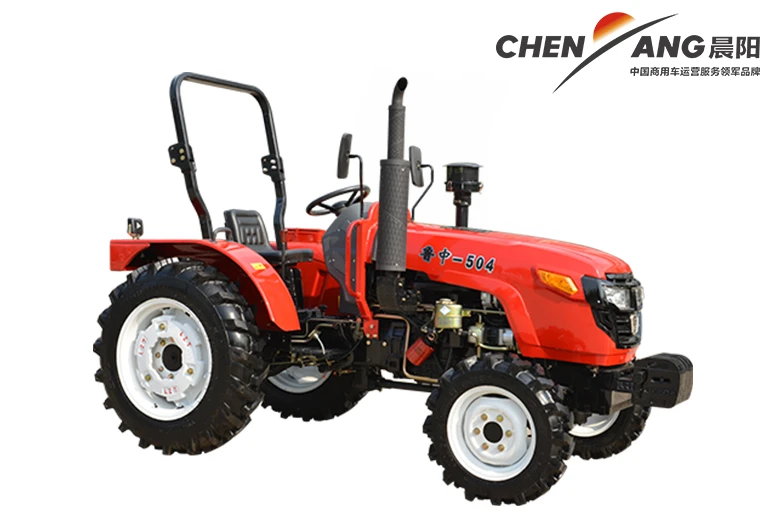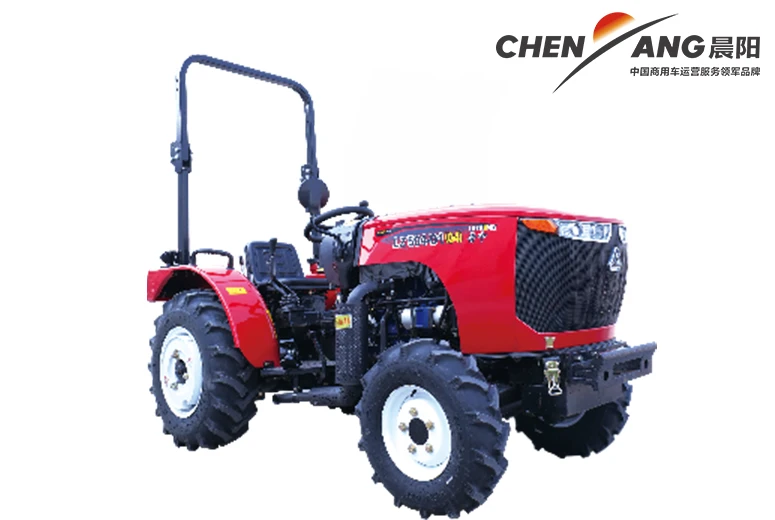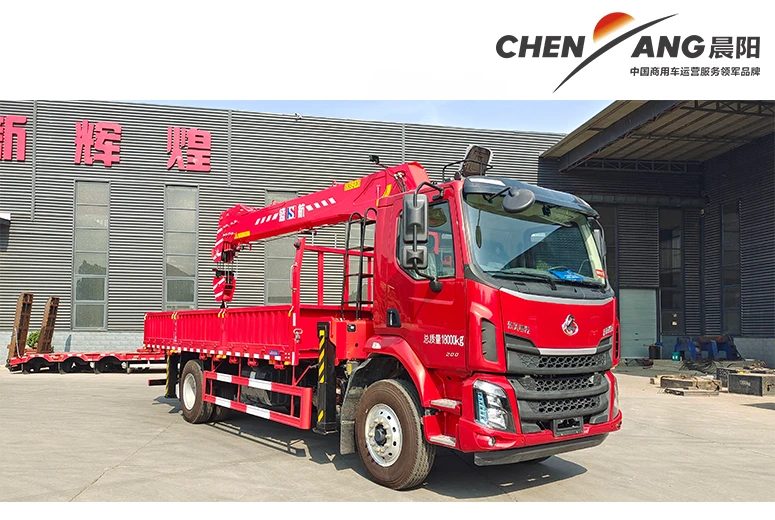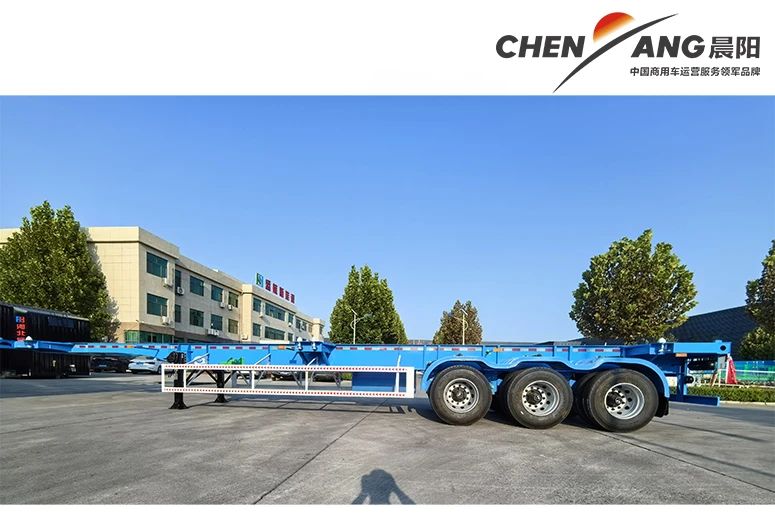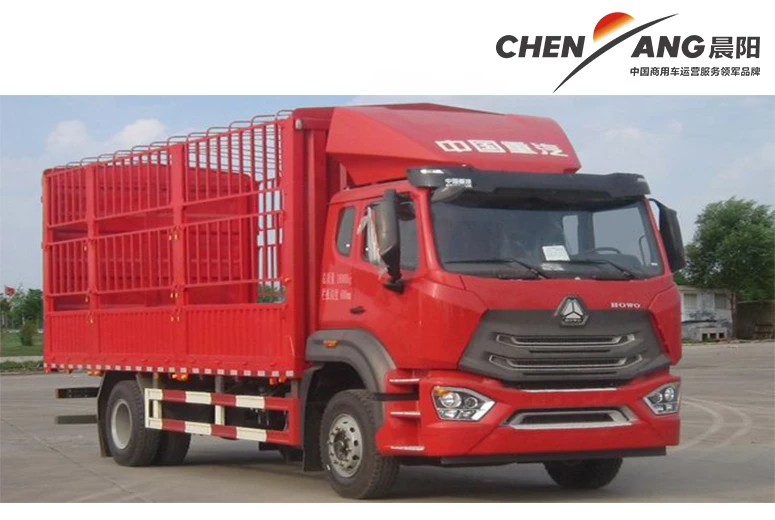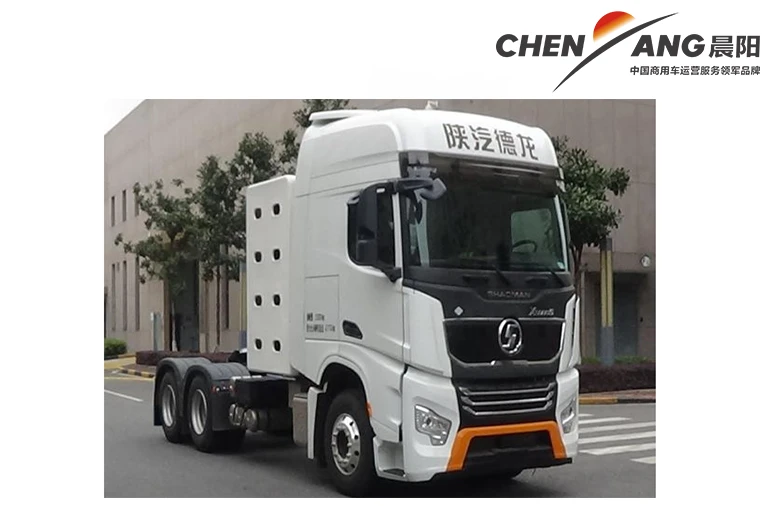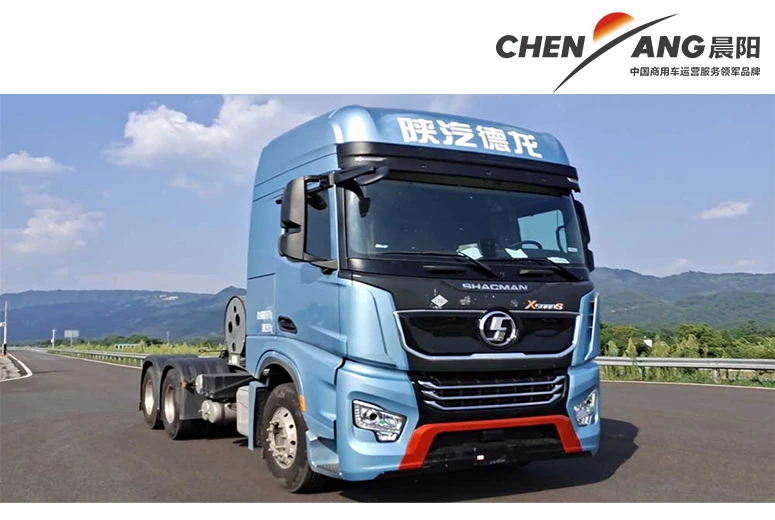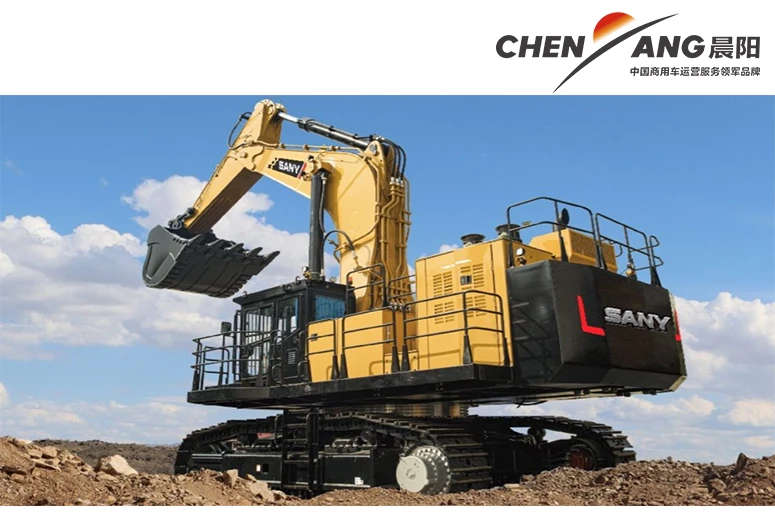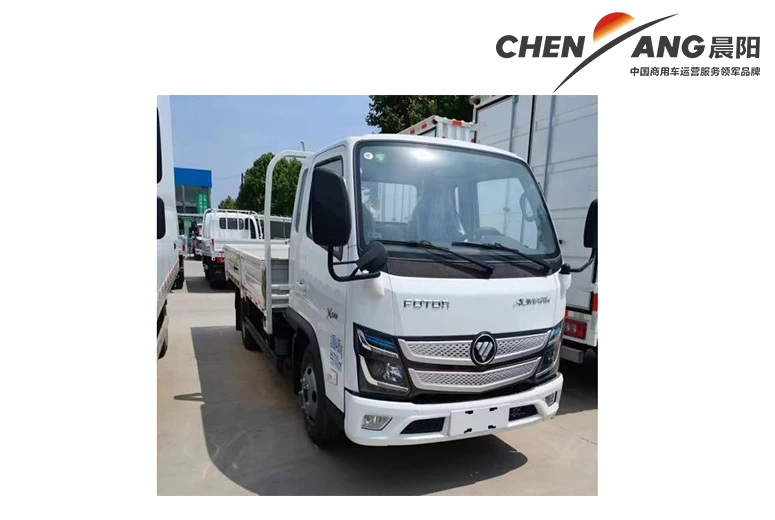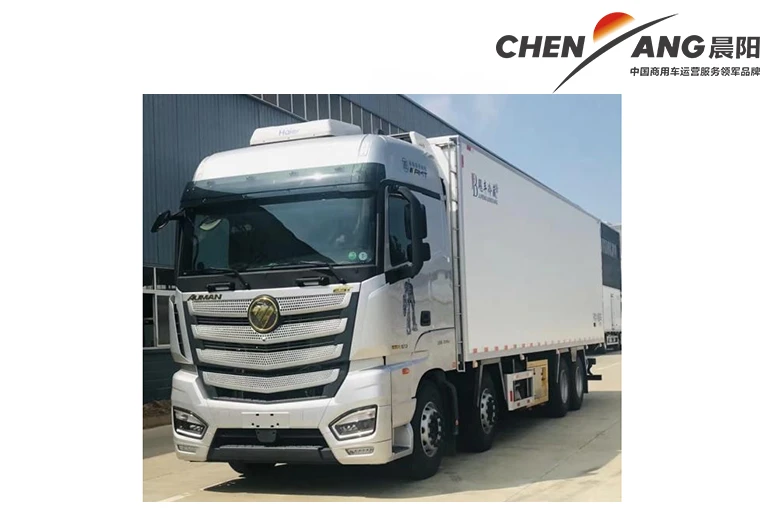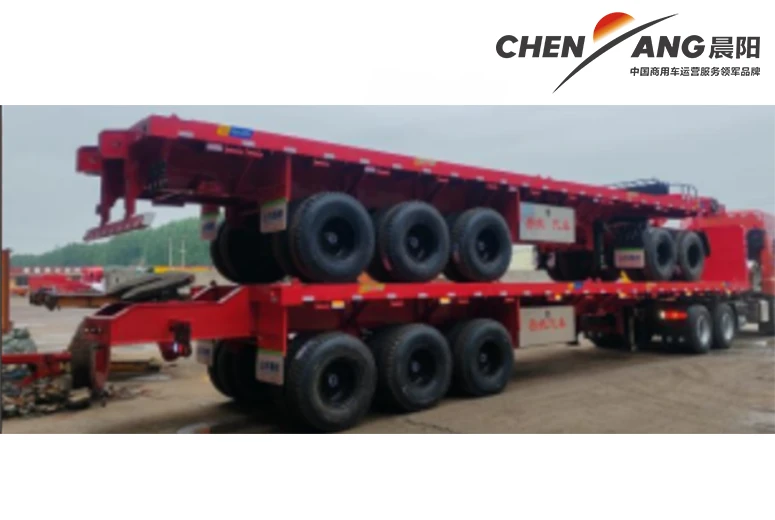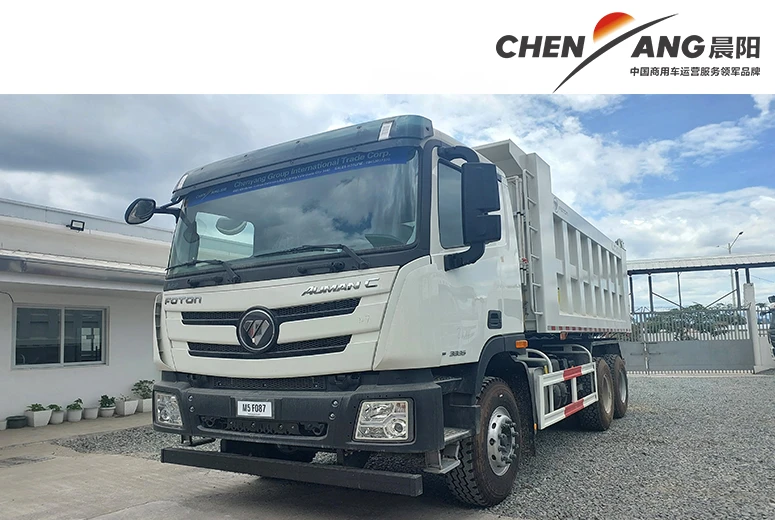heavy construction equipment
The Evolution and Importance of Heavy Construction Equipment
Heavy construction equipment plays a critical role in the construction industry, enabling the efficient and effective execution of large-scale projects. These machines are specifically designed to handle heavy materials, perform significant tasks, and facilitate various construction processes. As urbanization and infrastructure development continue to expand globally, the demand for heavy construction equipment has surged. This article explores the evolution of heavy construction equipment, its various types, and its significance in modern construction.
Historical Context
The origins of heavy construction equipment can be traced back to the early 20th century. Before the advent of mechanized machinery, construction projects relied heavily on manual labor and rudimentary tools. As the industrial revolution gained momentum, the need for more efficient methods of construction became apparent. The first significant leap in heavy machinery came with the introduction of steam-powered equipment, which dramatically increased productivity and reduced the time required to complete projects.
By the mid-20th century, gasoline and diesel engines replaced steam power, leading to the development of more versatile and powerful machines. Equipment such as bulldozers, excavators, and cranes became staples on job sites, thus transforming the construction landscape. Today, heavy construction equipment has evolved significantly, incorporating advanced technology such as GPS, automation, and telematics to enhance performance, safety, and efficiency.
Types of Heavy Construction Equipment
Heavy construction equipment encompasses a diverse range of machinery, each designed for specific tasks in the construction process. Here are some of the most commonly used types
1. Excavators These machines are equipped with a bucket and arm, making them ideal for digging, trenching, and lifting heavy materials. They are often used in grading and site preparation projects.
2. Bulldozers Known for their strong blades, bulldozers are used for pushing soil, rubble, and other materials. They are essential for land clearing and grading activities.
3. Cranes Cranes are vital for lifting and moving heavy objects vertically and horizontally. They come in various types, including tower cranes, mobile cranes, and overhead cranes, each suited for different applications.
4. Loaders Front-end loaders are used for scooping, lifting, and moving materials. They are extremely versatile and are often used in conjunction with other equipment on construction sites.
heavy construction equipment

5. Dump Trucks These vehicles are crucial for transporting materials such as sand, gravel, and concrete. Their ability to unload at the site makes them invaluable for construction and earthmoving tasks.
6. Compactors Used for soil and asphalt compaction, these machines ensure that surfaces are stable and well-prepared for construction. They are essential for roadwork and foundation laying.
Technology Integration
The integration of advanced technologies into heavy construction equipment has revolutionized the industry. Telemetry systems allow for real-time monitoring of equipment performance, enabling better maintenance and reducing downtime. Additionally, GPS technology enhances precision in grading and excavation, while automated machinery reduces the dependency on manual labor, increasing productivity and safety.
Furthermore, advancements in fuel efficiency and emissions reduction technology have made modern heavy equipment more environmentally friendly. Companies are increasingly focusing on sustainability, employing low-emission engines and exploring alternative energy sources to minimize their environmental impact.
The Importance of Heavy Construction Equipment
The importance of heavy construction equipment in the construction industry cannot be overstated. These machines not only expedite project timelines but also enhance safety by reducing the risk of worker injuries associated with manual labor. Moreover, heavy equipment allows for the completion of larger projects that would otherwise be infeasible with manual methods.
In the context of global infrastructure development, heavy construction equipment is a key driver of economic growth. It facilitates the construction of roads, bridges, buildings, and other vital structures that underpin modern societies. As countries continue to invest in their infrastructure, the demand for efficient and reliable heavy construction equipment will remain strong.
Conclusion
In summary, heavy construction equipment has undergone significant evolution, becoming an indispensable asset in the construction industry. With various types of machines designed for specific tasks, coupled with technological advancements that enhance efficiency and safety, heavy equipment is set to play a crucial role in meeting the demands of a rapidly growing global economy. As we look to the future, continued innovation in this sector will be essential for building the infrastructure that supports societal development and sustainability.
-
LZ504 32 Series Agricultural Tractor: Compact & Powerful Farm WorkNewsAug.19,2025
-
plastic pipe fittings-Chenyang Group|Durable&CustomizableNewsAug.18,2025
-
Plastic Industrial Pipe Fittings - Chenyang Group | Durable, Customizable, VersatileNewsAug.18,2025
-
8T Truck Mounted Crane: Powerful, Versatile Lifting SolutionsNewsAug.18,2025
-
Durable Plastic Pipe Fittings - Chenyang Group | Customizable, VersatileNewsAug.18,2025
-
High-Quality Plastic Industrial Pipe Fittings-Chenyang Group|Durable Customizable VersatileNewsAug.17,2025
Popular products

